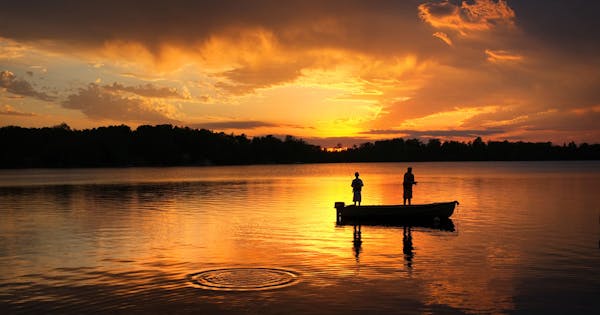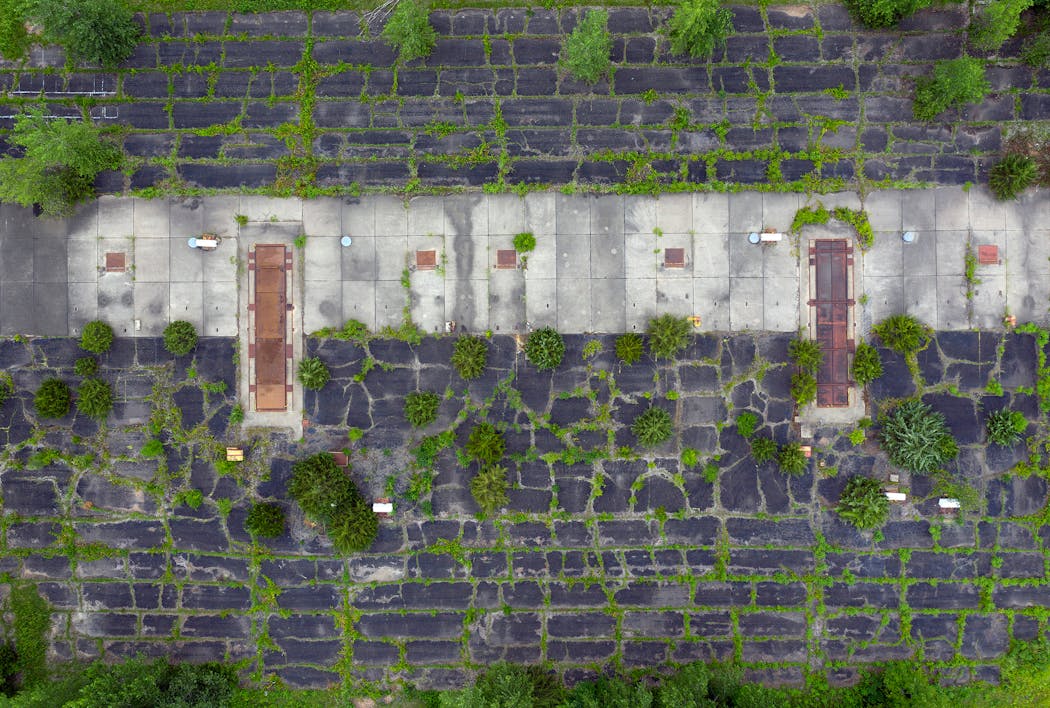Was Minnesota home to nuclear missiles during the Cold War?
Listen and subscribe to our podcast: Via Apple Podcasts | Spotify | Stitcher
Long before Americans worried about the specter of COVID-19, the nation was anxious about another worldwide threat — nuclear war.
Tensions with the Soviet Union escalated in 1949 after it successfully detonated its first atomic bomb. The United States was no longer the only world power to harness the novel technology.
As the Cold War began, the Twin Cities metro area — home to more than 1 million Minnesotans at the time — was armed and ready for a potential attack. Curious Minnesota, our community-driven reporting project fueled by reader questions, dug into this storied history after Will Niskanen of Eden Prairie posed the question: Is it true that the farmlands of Minnesota were once home to dozens of nuclear-tipped missiles?
Indeed, the United States Army built missile sites here designed to send warheads into the sky. Niskanen, 56, already knew part of the answer, saying he has always been interested in how Minnesota defends itself from exterior threats.
"It's kind of creepy because they were literally in the backyard of a whole lot of places," Niskanen said. "Thank goodness none of them were ever fired."
As part of a nationwide air defense missile system, four sites were strategically built. These Nike-Hercules missile sites, located in Watertown, Farmington, Bethel and Roberts, Wis., formed a perimeter around the Twin Cities. They are no longer in use and the structures are privately-owned.
Each Nike-Hercules missile was about 40 feet long and carried a nuclear warhead that was about twice as powerful as of the one the U.S. dropped on Hiroshima in 1945.
Construction of each site was completed in 1959 and was functional and stationed with soldiers for about 12 years. The missiles were stored underground, in many cases multiple stories deep, and had launchers and elevators to transport them.
While the presence of the weapons filled some Minnesotans with dread, others were proud of the United States' capabilities and role in the Cold War. For example, the missiles were displayed at the Minnesota State Fair and at multiple local parades, according to a report by the Historic American Engineering Board.
"It truly was a period when, I think, people did have this vague sense of a threat that was just always there," said Dave Kenney, a local freelance writer who researches Minnesota history. "There [was] an enemy out there halfway around the world that might have an incentive to try to literally destroy us and have the theoretical capability of doing so."
After the government shut down the sites in 1971, the Watertown missile site became a place for training firefighters. Several sites nationwide, as well as the one in Watertown, are contaminated with severe pollutants from the missile program (not nuclear waste).
U.S. Rep. Dean Phillips, D-Minn. proposed an amendment for an additional $1 million to the federal defense bill to clean up contaminants from the sites nationwide, which was signed into law late last year.
The threat of nuclear war isn't top of mind for many Minnesotans these days, especially in the time of a global health pandemic. Now, the missile sites are covered with weeds and sometimes frequented by urban explorers, like Niskanen himself. He said he searched through the Watertown site 20 years ago.
"I found myself going back to that site just trying to imagine what that place was like with sentry dogs and armed guards ... and now they're all grown through with overbrush."
Michelle Griffith (michelle.griffith@startribune.com) is a University of Minnesota student on assignment for the Star Tribune.
---
If you'd like to submit a Curious Minnesota question, fill out the form below:
Read more Curious Minnesota stories:
Does Minnesota really have the worst winters in the country?
What are the roots of the Minneapolis vs. St. Paul rivalry?
When did wild bison disappear from Minnesota?
Why do electric-vehicle owners pay a surcharge in Minnesota?
Why do we have water towers and what do they do?
Why isn't it a crime to punch someone in the face in pro hockey?
Why does the Stone Arch Bridge cross the river at such an odd angle?
How did Minnesota become the Gopher State?
Why do so many Fortune 500 companies call Minnesota home?




